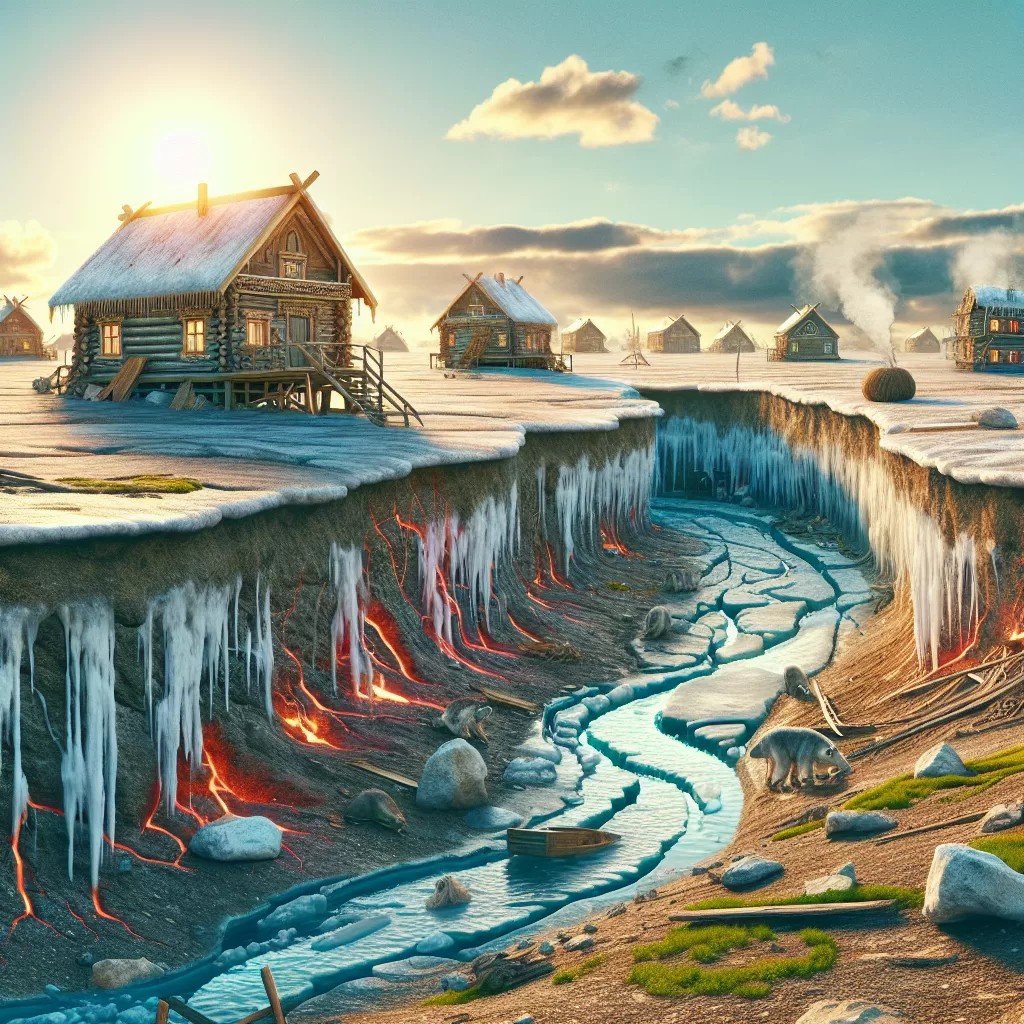The study’s findings underscore the urgency of addressing permafrost degradation. As these frozen subterranean layers thaw, the very foundation upon which Arctic infrastructure is built becomes unstable, jeopardizing homes, roads, and vital utilities. Moreover, the release of greenhouse gases trapped within the permafrost exacerbates global warming, perpetuating a vicious cycle.
Beyond infrastructural damage, the thawing of permafrost poses a direct threat to traditional Arctic livelihoods, such as reindeer herding and subsistence hunting. Alterations in terrain and vegetation patterns disrupt these age-old practices, eroding cultural identities and food security.
Recognizing the far-reaching implications, the study underscores the need for collaborative action between policymakers, researchers, and indigenous communities. By fostering knowledge-sharing and implementing adaptive strategies, we can mitigate the impacts on these vulnerable regions and their inhabitants.
As the Arctic continues its transformation, this comprehensive research serves as a clarion call for decisive action to safeguard the well-being of Arctic communities and the fragile ecosystems they call home.

